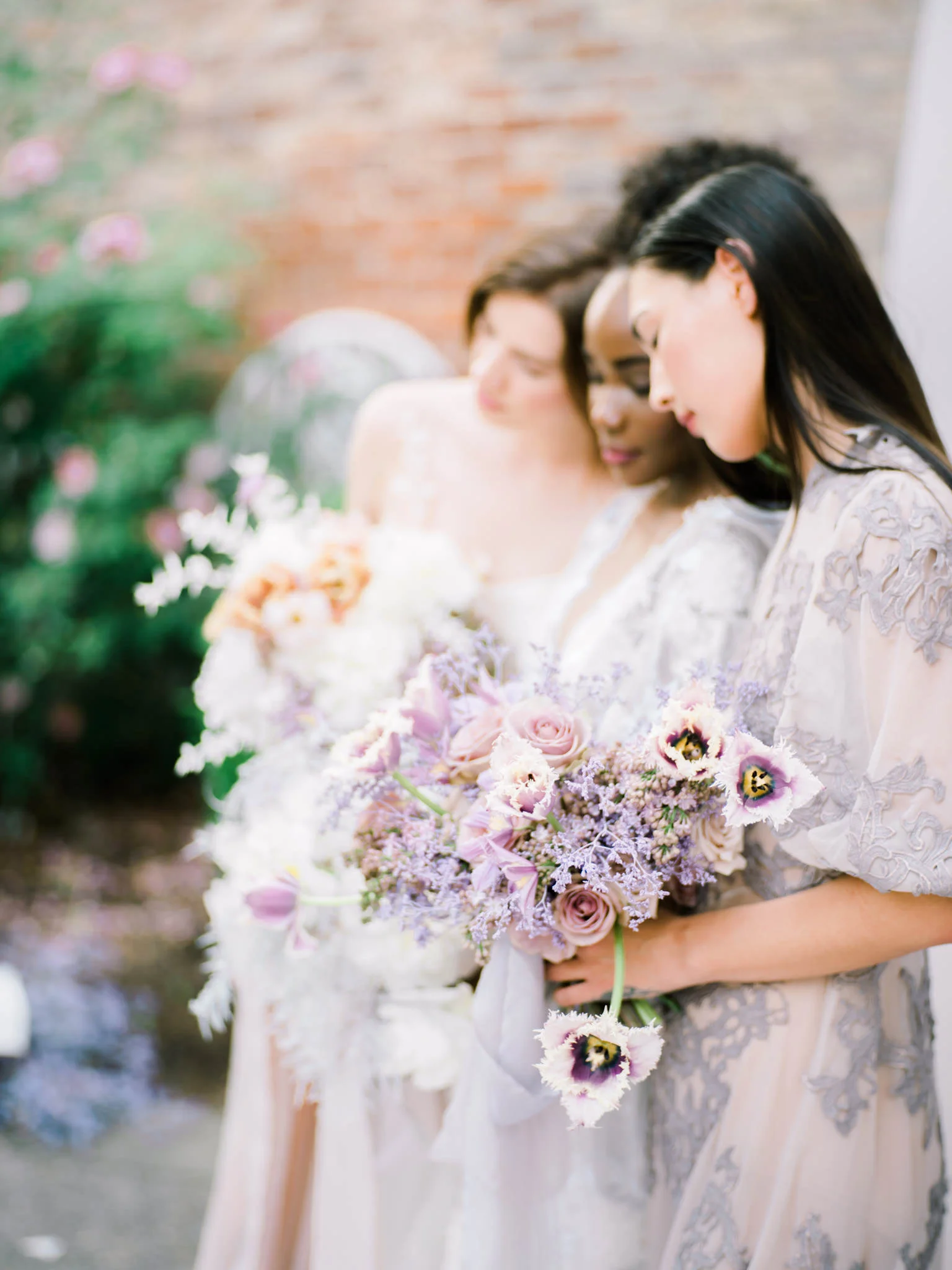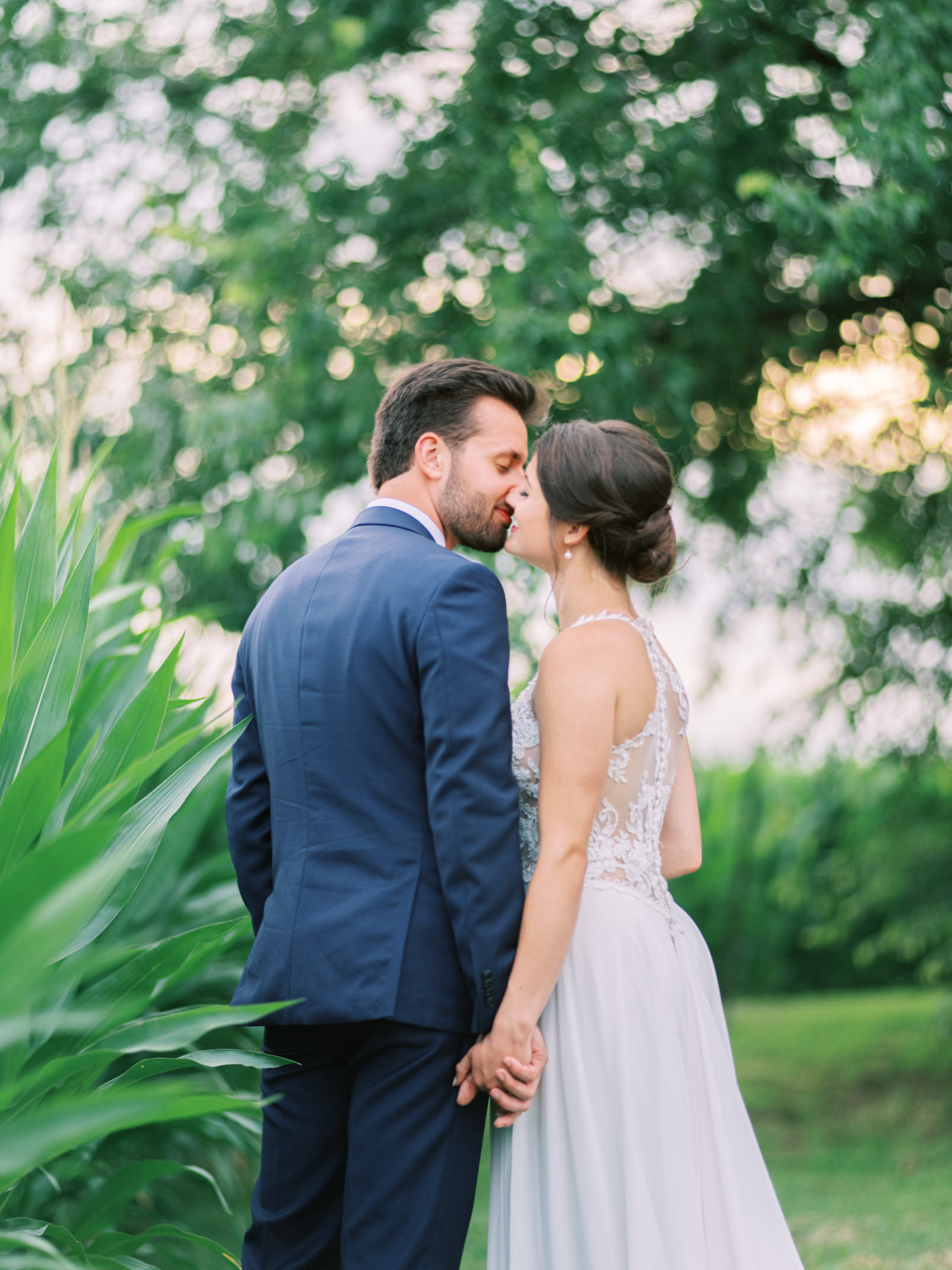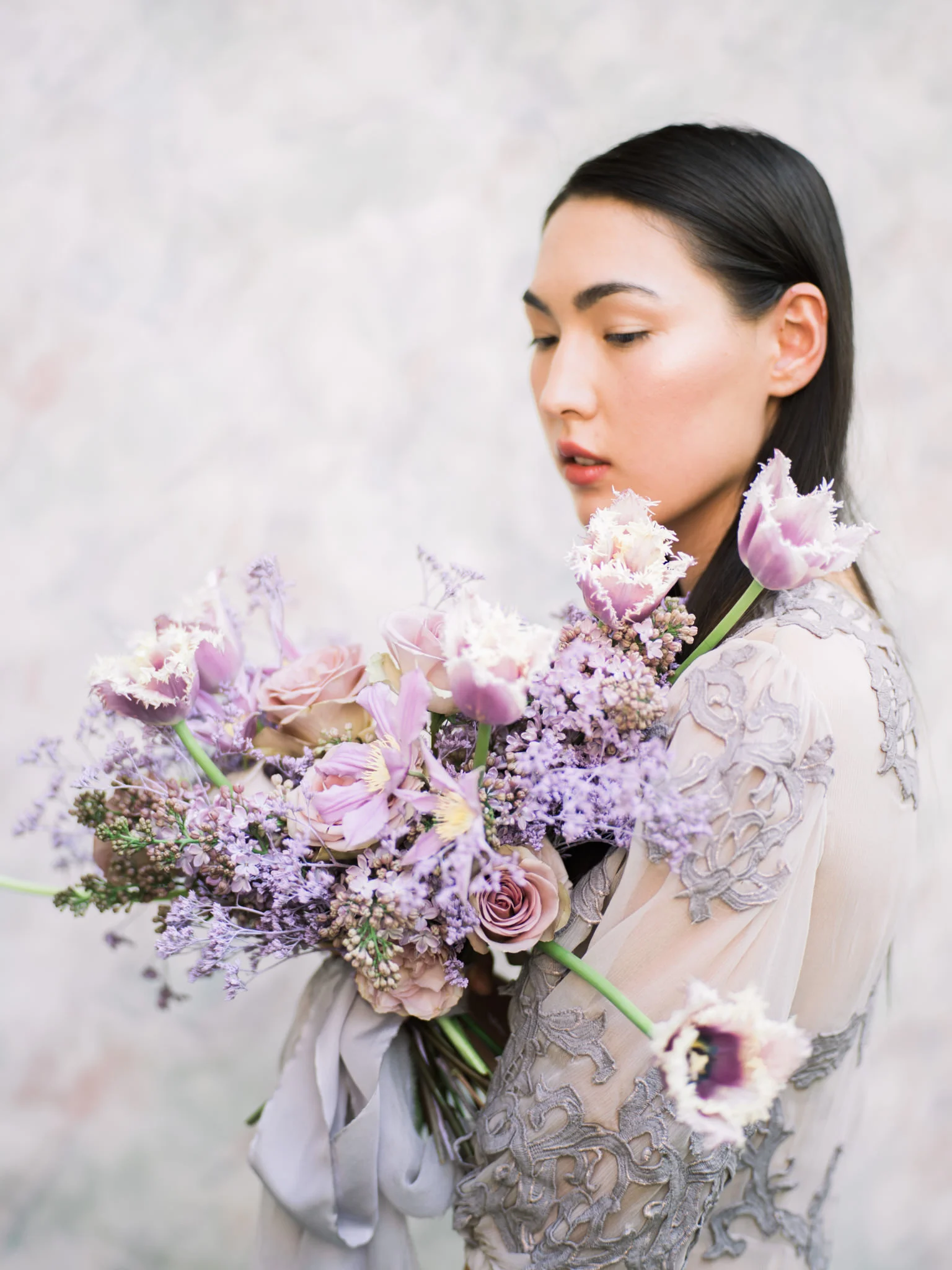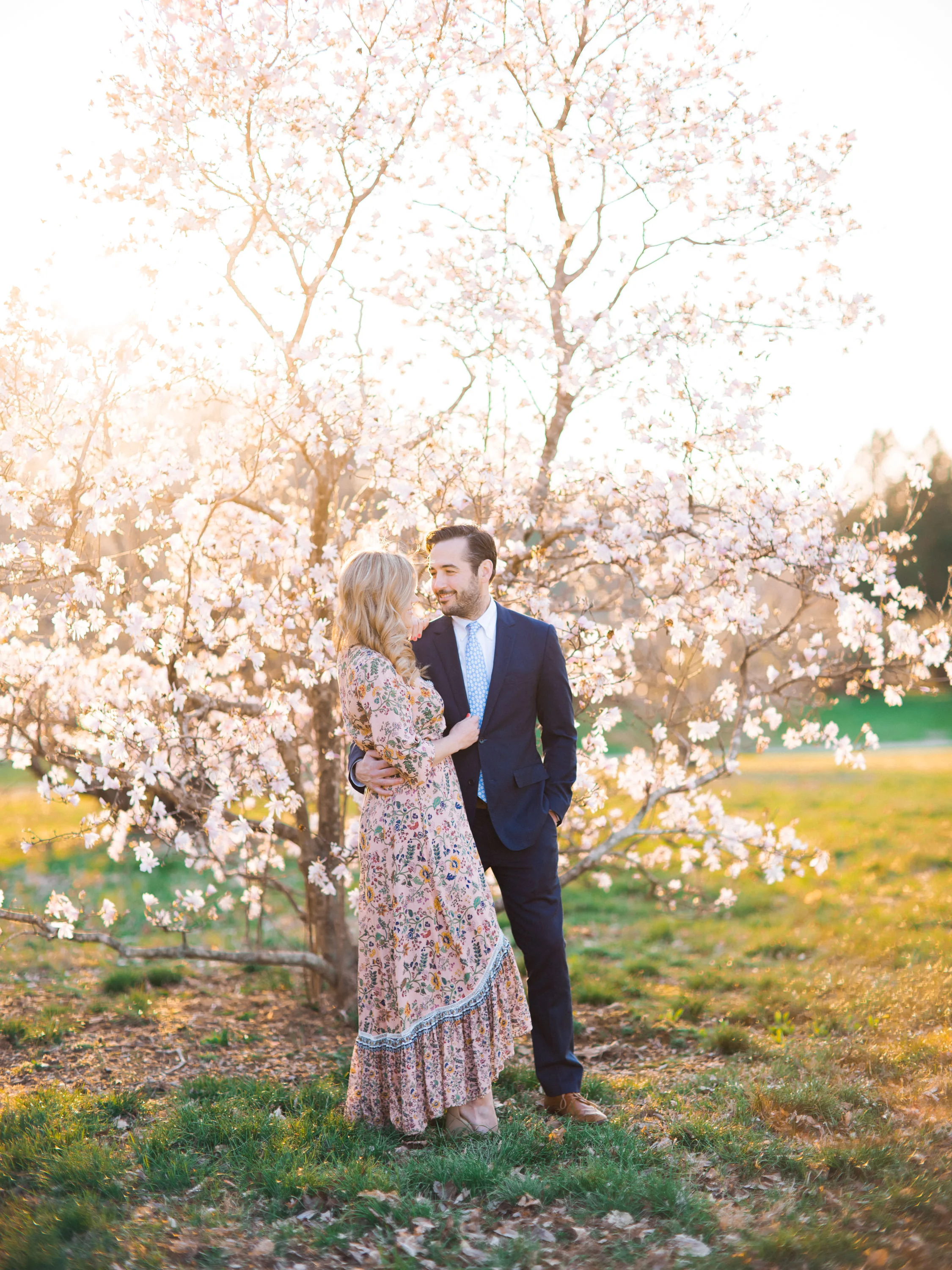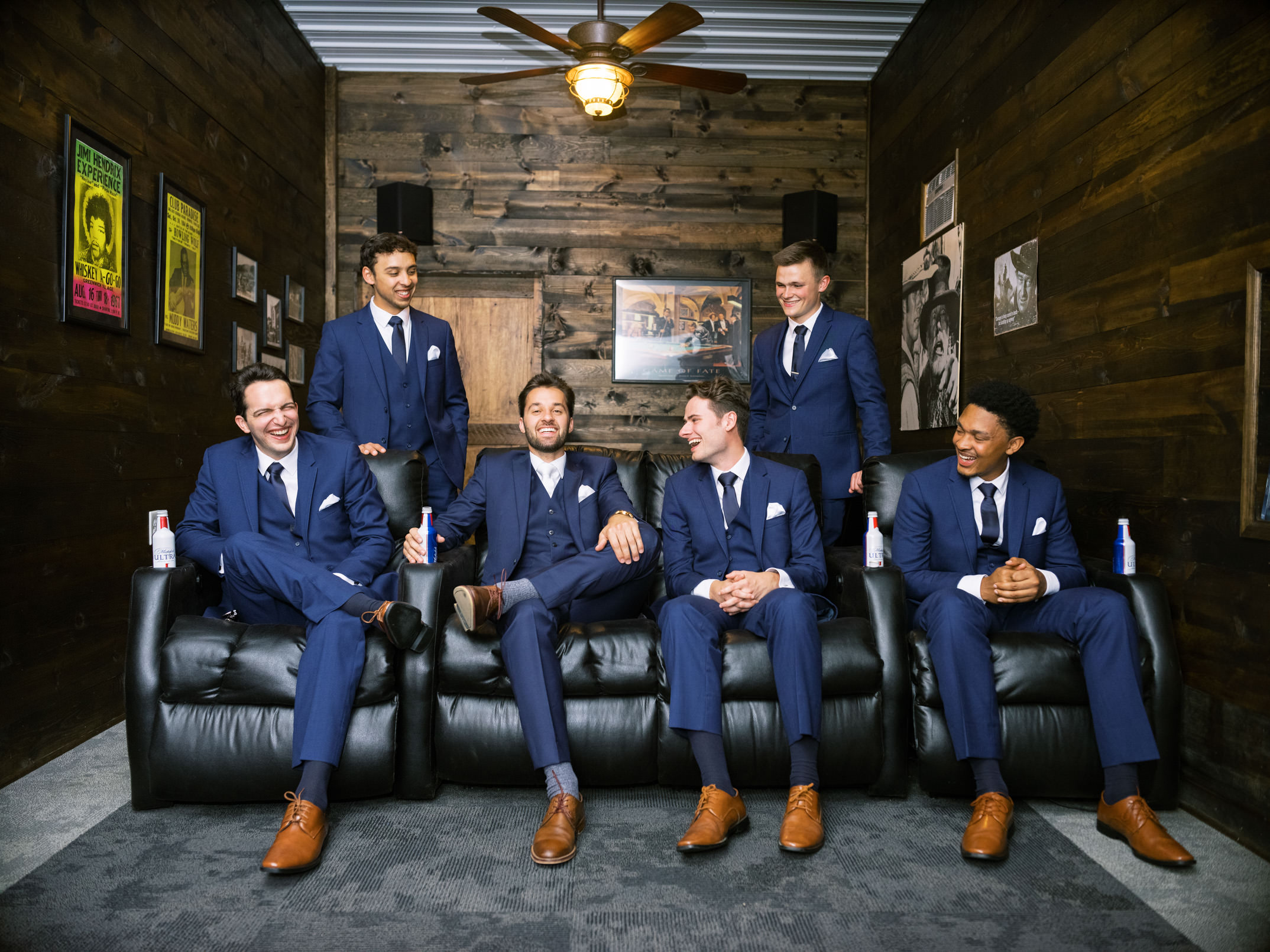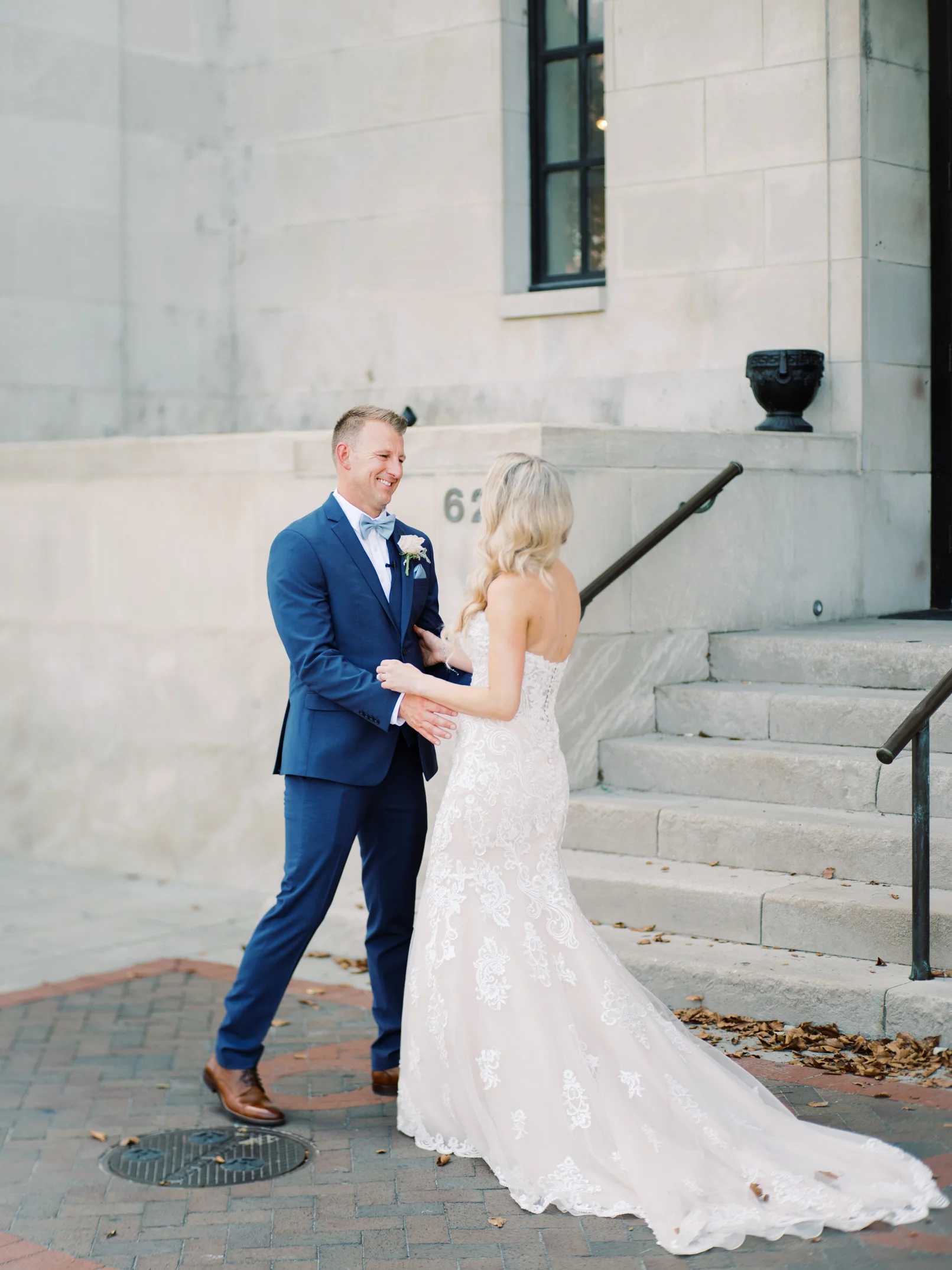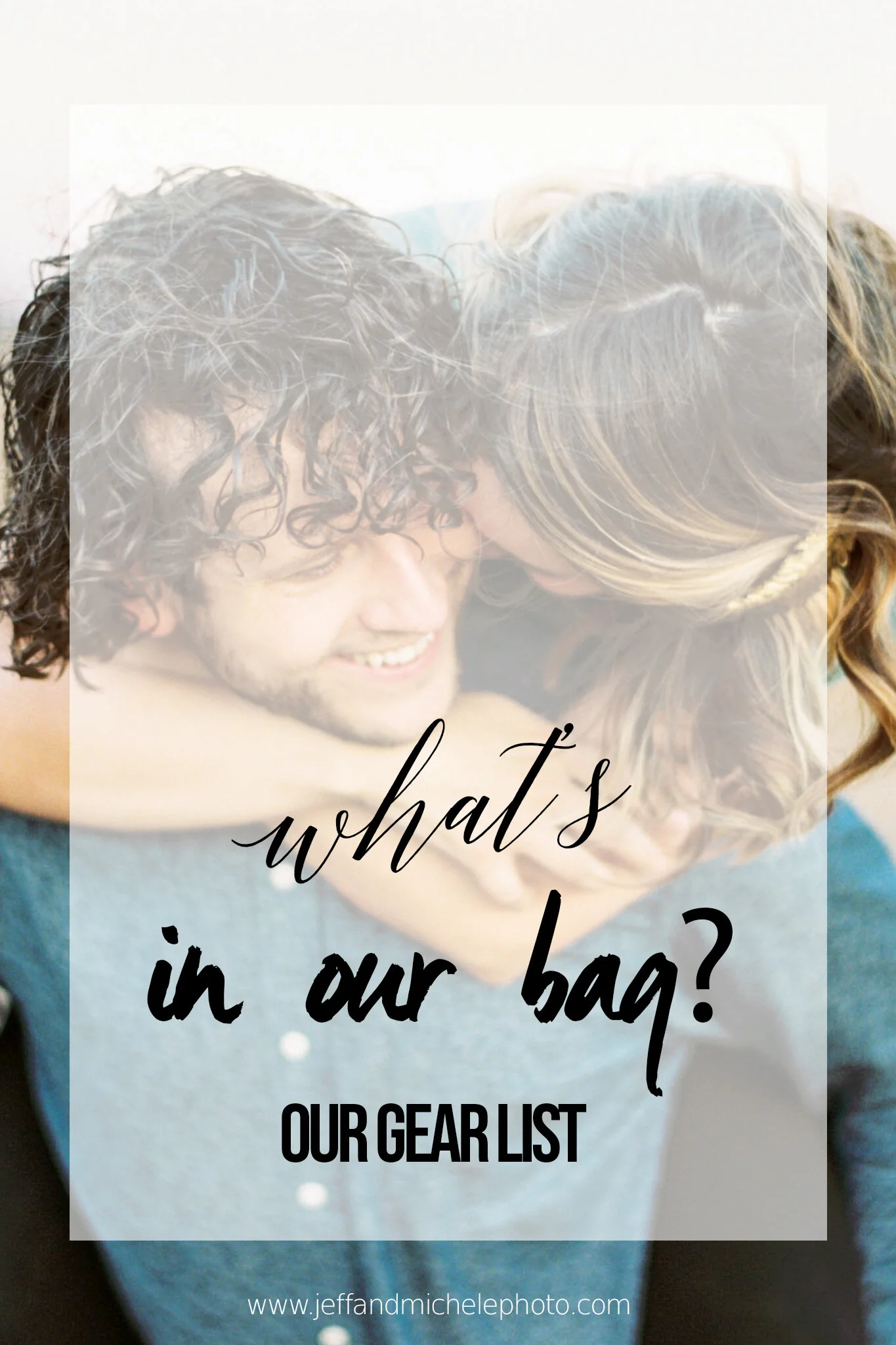Image of FUJIFILM GFX 50S with Schneider Cinelux Lens from The Boutique Lens
Note: This post is part of our "Learn Blog" for photographers. For workshops, coaching, and other resources designed to help grow your skills as a photographer click here (after you read the article, of course)! To be transparent, all links are paid advertising, as a portion of any purchase made while using these links is credited to us. Please, consider using our links to help support what we do! Thank you!
Want gorgeous images using a digital camera that pair well with medium format film stocks like Fuji 400H and/or Portra 400? That’s what we (my wife and I) wanted! And now, I’m here to tell you that it’s definitely and absolutely more possible than ever thanks to the Fuji GFX.
Image taken with Schneider Super Cinelux 80mm f/2 from The Boutique Lens
In this post we’ll cover:
Why we didn’t buy a GFX
Why we (finally) bought a GFX
Why we bought a 50S
GFX 50S vs 50R
Review of the GFX 50S features
Using the GFX for Wedding Photography
Using Canon lenses on the GFX
Best lenses to use with a GFX to get a classic film look
Where to purchase a GFX
Image taken with GFX 50S using Schneider Super Cinelux Lens from The Boutique Lens
Per the usual for my posts I’ll state the following: there are plenty of “technical” data reviews and documents that can give you all the “specs”. I won’t attempt to recreate that here.
Instead, my review with be highly based on my user-experience and preference, which I think many will find helpful in their practical decision making when it comes to purchasing a GFX (or not).
So, let’s dive right in!
Why We Didn’t Buy a GFX (at First)
Taken using 150mm Cine-Xenon and GFX 50S
I tire of the “megapixel race”—this constant drive for more and more megapixels. Megapixels, much less any gear, is not in and of itself capable of making amazing photographs. Honestly, many of the images I saw when the GFX first came out were basic images without much “oohhh” and “ahhhh”.
That story changed as I began seeing some more classic lenses utilized by talented photographers. More on that in the paragraphs below!
Why We Bought a GFX
Image taken with GFX 50S using Schneider Super Cinelux Lens from The Boutique Lens
As a devoted medium format film lover, I’ve never seriously considered any digital options as having much competition against our film cameras for portrait photos with our brides and grooms. The look of our 645 and 67 cameras has almost always been indispensable for photos we’re proud of sharing.
That said, we’re always keeping an eye out for what tools we can introduce that help us both create the images we love, while also improving our business and workflow—enter the Fujifilm GFX! I love the look of medium format film—the sharpness, the depth, the ratios—when you see it, you know it.
As the GFX gained popularity among film photographers, I noticed that I was seeing almost everything I loved about film, only the images were taken with the GFX. So, that coupled with my desire to try Cinelux lenses on a GFX pretty much convinced me to give it a go!
I purchased my GFX used from eBay. If you’re thinking of buying a GFX and don’t care to pay full price, I don’t think it’s a bad option as long as you verify that the camera is working once you get it! If you’re considering that option, please also consider using our link as eBay will give us a portion of sale price (which is super helpful for us to keep writing these articles!).
GFX 50S vs GFX 50R
I’d love to tell you that I handled both cameras and used them extensively for a good degree of time. However, that’s not my story, and I believe that’s completely fine. Why? I knew what I wanted.
I’ve owned rangefinder film cameras and have owned a rangefinder-esque digital camera (Fujifilm’s X-Pro 2) and have loved them all. However, I have always preferred the more SLR feel of cameras like the Pentax 645. After looking at online photos of the GFX 50S and GFX 50R, I came to the conclusion that I would much prefer the SLR feel and grip of the GFX 50S.
Review of the GFX 50S Features
Image of bride and groom taken using ISCO Cinelux Xenon 115mm f/1.7 from The Boutique Lens on a GFX 50S
Feel
The GFX feels great in hand. I compare the weight and feel to something like my Canon 5DIV, while it feels very much like a Pentax 645 in the hand.
USABILITY
I want to preface some of the negativity I’m about to share with this—the GFX is HIGHLY useable. It just takes time, effort, and knowledge to get it setup the way I wanted it to be set up (fully manual mode with focus peaking).
The GFX, for me, really took some time to set up correctly so that I could shoot it the way I wanted. To shoot in a manual mode like I normally would with my Canon and film cameras, I needed to set my top dials to their respective manual modes. That’s no biggie, honestly, though it took a little time to get these things all figured out via the manual.
Setting ISO took a whole other foray into the user manual. I really don’t remember how I got it set to the correct dial. I’m purposefully displaying my ignorance on the process and remembering it because I think it says a lot about how unituitive it is.
Image taken with Canon 35mm f/1.4 L Mark II lens mounted on GFX 50S with the Steelsring EF to GF adapter
Lastly, I wanted to set up focus peaking because I intended to use mostly manual focus. This was fairly simple to access by going in the menu and then navigating to the AF/MF settings and selecting the focus assist options. No biggie.
However, after I set it, there was no focus peaking. After lots of perusing, I finally figured out that I needed to set the focus selection knob to “M” for focus peaking to appear.
Lastly, after mounting my Canon 85Lii f/1.2, I noticed that it was only showing me a 35mm frame. Again, after a safari into the manual and menus, I discovered that I needed to turn off the “auto lens detection” option which automatically detected the lens as a full-frame/35mm lens.
Again, not a big deal (sort of), but this was another step that could have been way simpler to encourage less technical users to get the most out of the camera.
All in all, the toil required to set up the GFX how I wanted it was well worth it, though such a tiresome experience is by far the biggest downside to the GFX.
Build Quality of the Fuji GFX 50S
The GFX has outstanding build quality. I love the way it looks and feels. The magnesium alloy body looks sharp. The overall weight feels minimal. The camera does not feel cheap in any way.
Image Quality of the Fuji GFX 50S
Image quality of the 50mp GFX is outstanding. Again, I’m mostly comparing it from experience while shooting hundreds and thousands of images from weddings. I’ll zoom in here and there, but I’m really no pixel-peeper.
For those that are pixel-peeping, that’s awesome. Image quality is definitely valuable and totally present in the GFX files. I just find tons of value in my ability to comfortably crop and see something magical when comparing my Canon 5DIV files. I’m highly practical and most concerned with comfortably producing images that impact my clients, and I do believe the GFX adds to this effect for me.
Other GFX Features
There are a number of other features that the GFX sports that are highly valuable in meet in my practical shooting needs:
Short flange allowing for adapting of various lenses
Large sensor for shallow depth of field with smaller aperture lenses
Tilt Screen (which allows me to achieve angles much more easily)
Touchscreen (this is nice when trying to zoom in to check focus in a particular area)
Various crop options
Compressed lossless file option (allows the files to be compressed without any loss in quality. This saves TONS of space!)
Image taken with GFX 50S using Schneider Cine-Xenon Cinelux Lens from The Boutique Lens
GFX for Wedding Photography
We’ve used Canon dslrs (6d, 5diii, & 5div) and have been very used to the fairly quick operation and autofocus during weddings. However, we’ve also been very familiar with shooting with our film cameras like the Pentax 67, Contax 645, Pentax 645, and Hassleblad H2.
I had heard from other GFX users that it’s more of a slow-down experience like shooting film. Now, I will to a degree agree with that; shooting the GFX feels similar to shooting my Pentax 645, except for the fact that I have focus-peaking, see what my image is going to look like before I even take the image (with exposure/wb preview), and can view my images immediately after taking them (even in the EVF). Honestly, I’ve found myself now almost forgetting to even pick up my Canon 5Div.
One of the reasons that I find the GFX to actually be quicker than using my 5Div is because of how easy it is to manual focus. With my 5Div, I need to either focus and recompose or move around my focus point and then autofocus. But, with manual focusing being so easy thanks to focus peaking, I can just see the image I want to take, throw focus, and bam.
For getting ready and ceremonies, I love using the GFX. It’s fantastic in low light. In tighter spaces, I’ve fallen in love with using the Canon 35mm f/1.4L lens which equates to about a 28mm f/1 when mounted on the GFX via the Steelsring adapter.
For portraits, though the sensor is only 44x33, I find that the size and ratio is enough to give me the depth that looks very similar to using a 645 or 6x7 film camera. The dynamic range and colors are just fantastic. Plus, you can crop in like crazy while retaining totally usable resolution.
For receptions, I’ve been using the speedlights for my Canon cameras. ETTL will not work since the flashes aren’t native to Fujifilm, but I have been well-used to using manual mode in order to achieve the look I want, often preferring to ETTL, even for simple things like bounce flash.
I do plan to eventually invest in Fuji dedicated Flashpoint r2 flashes as I’ve had the Godox v860ii flash (made by the same company that makes the Flashpoint r2) and have been very pleasantly surprised by it’s amazing lithium battery life and quick recycle time.
During dark times like receptions, I often turn off the exposure/wb preview so that the room doesn’t appear dark on the EVF/Screen of the GFX. Then, I just use it as I would my Canon cameras. I find myself loving the white balance and overall colors I get out of my reception shots way more than I do from my Canons.
Using Canon Lenses with GFX
Third party lenses will always be a gamble with the GFX in terms of overall usability. That said, I’ve found that the 35Lii, 85Lii, and 135Lii work fantastic! You’ll still get some correctable vignetting, but honestly, I even get a decent amount of vignetting with those lenses on my Canon cameras.
The 50L does have a significant amount of vignetting, but it does look dang good. Again, you’ll have to give them a try to know for sure which lenses will work .
To mount my Canon EF lenses to the GFX, I purchased a Steelsring EF-GF adapter and have been happy with it. The autofocus seems to work really well though I don’t use autofocus often.
Matching GFX to Film
I find it fairly easy to match our Fuji files to film. Currently, we have a custom preset that we use, from which we make tweaks. The files have plenty of dynamic range and beautiful colors. As always, if you’d like more info on our processes for editing, you can learn more about our film and digital photography education options here!
Besides the editing, your lens choices are the most critical when it comes to producing a “classic” film look.
It’s NOT All About The Camera—Best Lenses to Pair with the GFX to Get the Classic Film Look
We share several great lenses to use in our article on “Best Digital Alternatives to Shooting Medium Format Film”. Be sure to have a look at it!
Where to Purchase a GFX 50S
If you’re buying new, it’s easy to buy from Amazon . If you’re buying used, which will save you a ton, I’m big on eBay. I buy tons of gear and have had very few disappointments, never without resolution. So, just make sure the seller has good ratings and offers a decent return policy (usually at least 14 days returns).
GFX 50S Review Conclusion
All in all, the GFX 50S has been a hit with us. From image quality, functionality, and features, it’s a grand slam.
We want to here from you! Do you have any thoughts, experiences, or further questions about the GFX? Let us know in the comments below!



